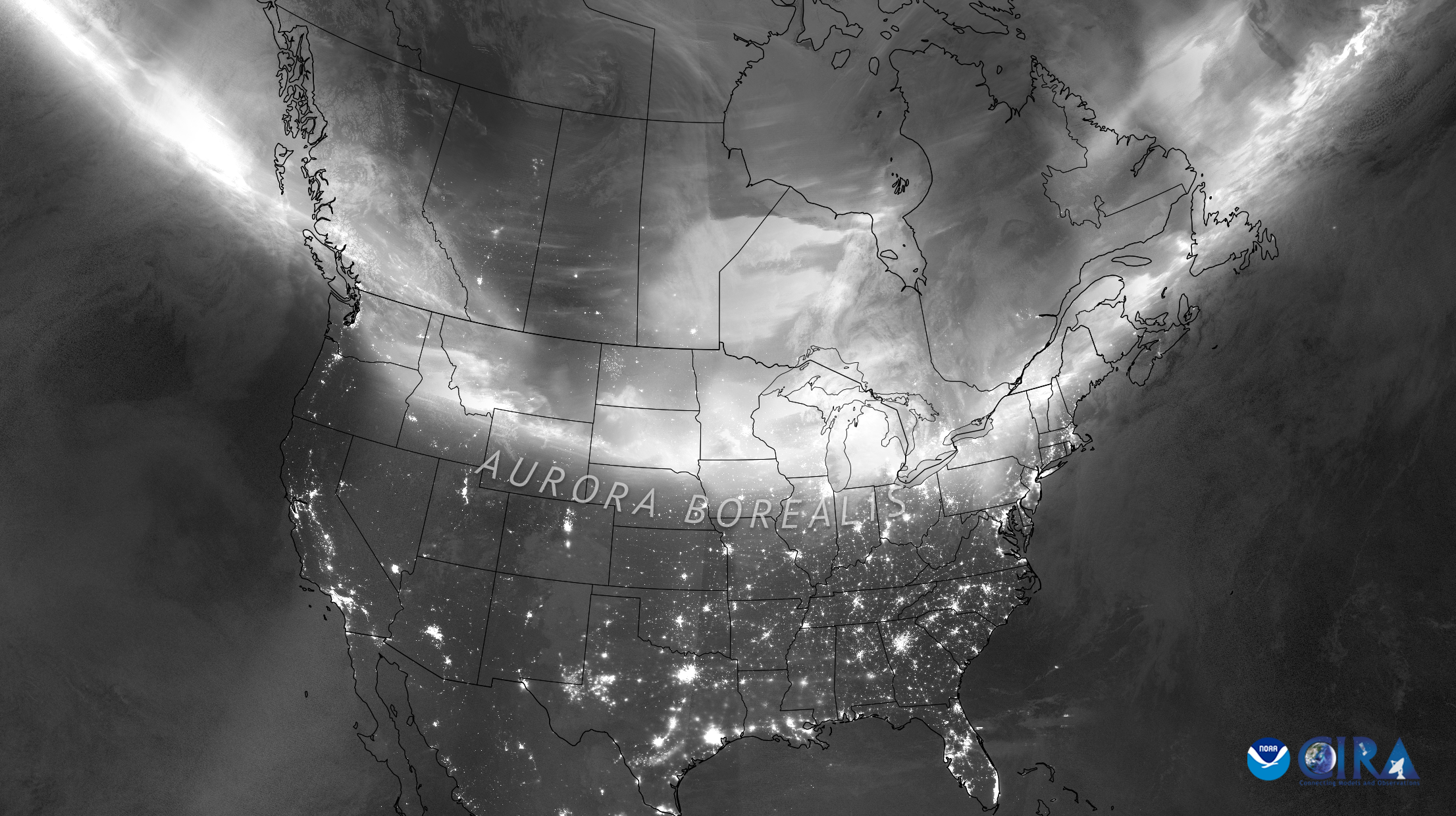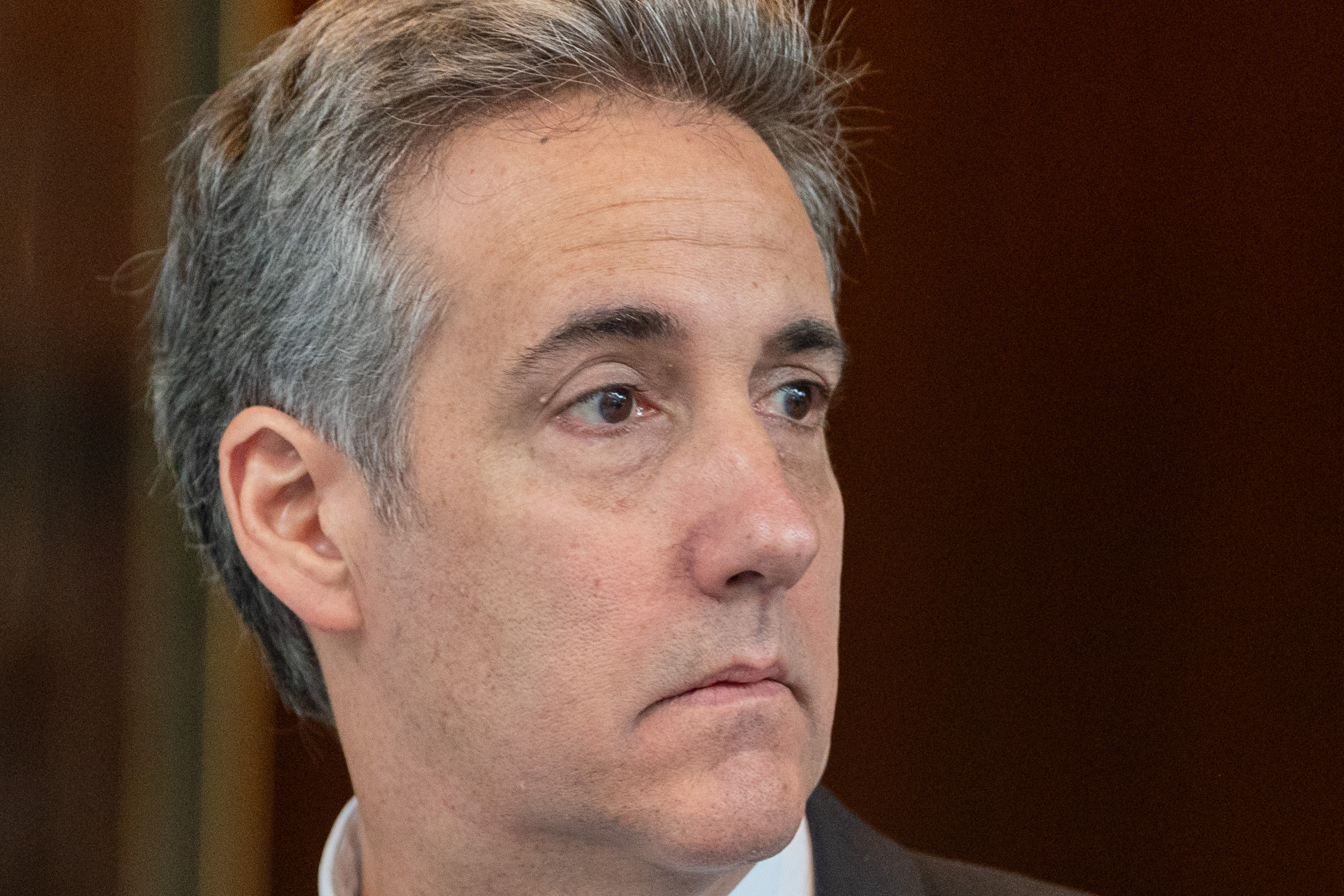
The Vice empire's nearly year-old hard-news channel, Vice News, took a step into the future this week when it announced it had created the first-ever virtual reality (VR) news feature.
Digital artist and video director Chris Milk partnered up with Vice's creative director (and noted film director) Spike Jonze to produce the film Vice News VR: Millions March, which places viewers among the thousands of people who took to the streets of New York City on December 13 to protest police brutality.
Vice's 360-degree, immersive feature was unveiled on Friday at the Sundance Film Festival, which has a dedicated venue to showcase 11 VR films this year.
Viewers at Sundance were provided with "wraparound-style headsets" to view the films, but because Oculus Rift is still far from reaching the mass market, Milk created his own solution for distributing Millions March to a wide audience: the VRSE app.
The app, which is part of Milk's Vrse.farm project, has two modes: It will either configure its display to be used in a makeshift VR headset (like AirVR, which encourages users to strap an iPad to their heads) or become a sort-of camera itself by allowing users to view different parts of the picture by moving the device around.
"We're hacking into the audio and visual systems of your brain," Milk told the New York Times. "A major part of journalism is painting people a picture of what it was like to actually be there. With this, the audience actually feels like they are there."
Vice recently invested an undisclosed amount into Milk's venture, and plans to collaborate more on VR journalism projects. In a phone interview with Newsweek, Vice News's editor in chief, Jason Mojica, elaborated on how the channel's VR feature came to be and future plans to incorporate VR into its work. Edited excerpts follow:
Who at Vice News got the ball rolling with using virtual reality?
It's something we've been floating around for a while…. But really, as per usual...when someone starts saying 'we are going to do this this week, let's stop talking about this, let's stop theorizing it, let's go out and do it,' that's usually when it happens…. It was Spike Jonze and Chris [Milk] who were really pushing us on this.
When you're just sitting around talking about virtual reality, it's something that's easy to be skeptical about because it sounds like a gimmick. But I think that the first time that they showed it to me and what it could do, when I put on the goggles and I really understood what was possible, then that sent my mind into overdrive and I just started thinking about tons of new ideas and ways of storytelling.
What are some of those ideas? How are you going to integrate VR in the future?
You can use VR to do something that you already do but in 360 and 3-D and that is pretty incredible in and of itself, but I think we are trying to challenge ourselves to kind of think in VR -- and by that I mean really think about the medium and what it offers and what it can do that a traditional camera cannot, and what we can't do in...time-locked documentary form. So it kind of opens the door to new types of storytelling.
I mean I think back to the development of photography and people like Jacob Riis using photography to kind of illuminate how the other half lived and the world around us and use it to show things that there never really was a tool to show before. I'm really excited by the idea of being able to put someone in the middle of a situation for a significant period of time and let them drink in what that experience is like.
Some things that come to mind are, we did a documentary in the Dominican Republic recently and one of the scenes there on the DR/Haiti border and they're waiting for the gates at the border for daily trading, it's one of the craziest things I've ever seen; just this wave of humans flowing in opposite directions and kind of crashing into each other. It's just this amazing mass of humanity. And to be able to drink that in for 30 minutes, for an hour, without narration, without commentary, without even a correspondent -- just being able to look all around you and take it all in would be interesting.
I've also done a lot of work in Afghanistan and the idea, this is dark, but the idea of putting someone in a hospital in Afghanistan in the aftermath of a suicide bombing and just letting it roll seems like it would be pretty powerful.
Is there a timeline for your VR use?
Not really at this point. We're still just developing the practicality and also just trying to work out some of the technological aspects to make it sing. So it's kind of one part story development and another part what Chris is developing with his proprietary camera.
With the consumer version of Oculus Rift headsets still in development, how do you expect people will view your VR news?
Chris's app. It either makes a bifurcated image...Google Cardboard allows you to turn any smartphone into a VR viewing device...or as something where you are just pointing your phone around, almost like a camera, and seeing everything around you. Those are a little more acceptable ways right now, and we'll see how many people end up with Oculus Rift in their home.
Uncommon Knowledge
Newsweek is committed to challenging conventional wisdom and finding connections in the search for common ground.
Newsweek is committed to challenging conventional wisdom and finding connections in the search for common ground.
About the writer
Lauren is a reporter covering technology, national security and foreign affairs. She has previously worked on award winning teams at ... Read more
To read how Newsweek uses AI as a newsroom tool, Click here.





